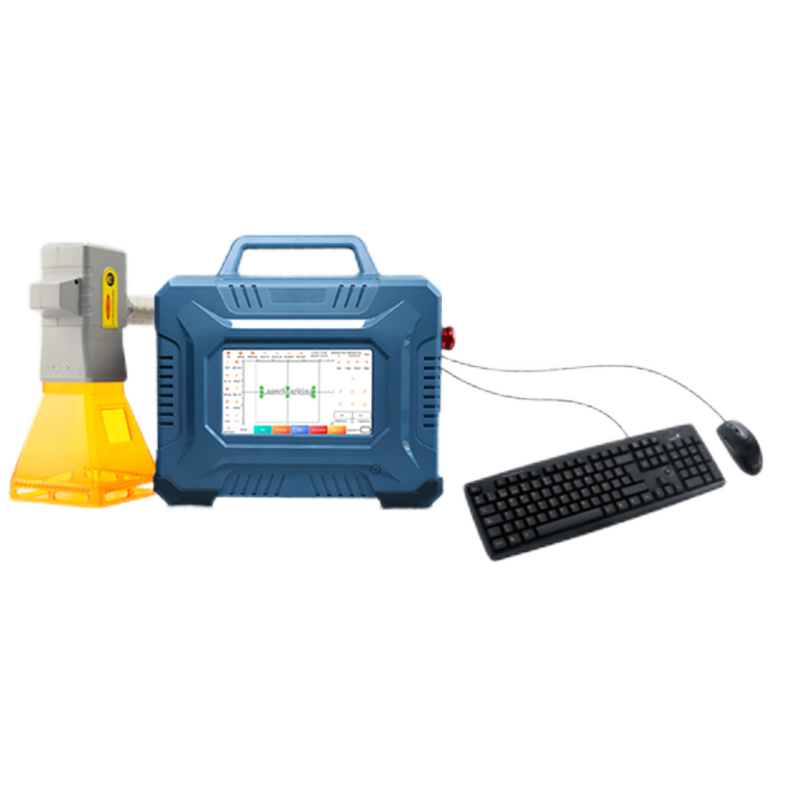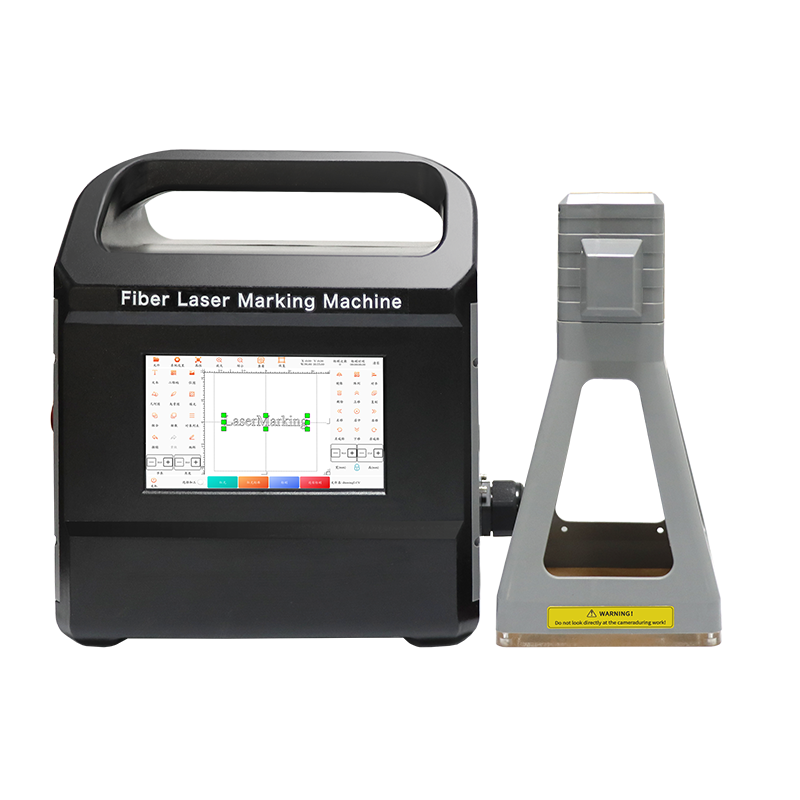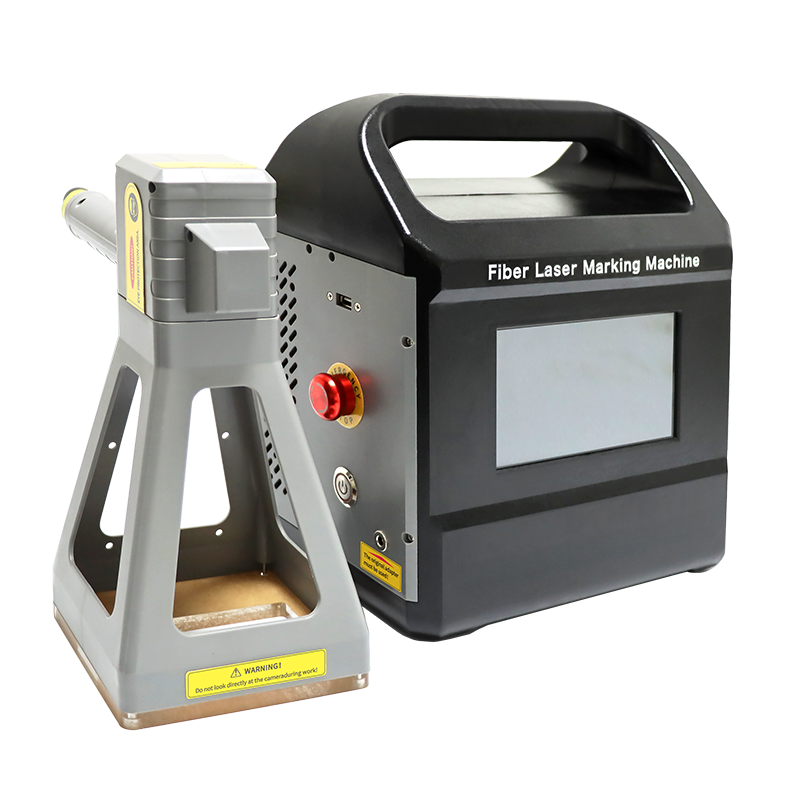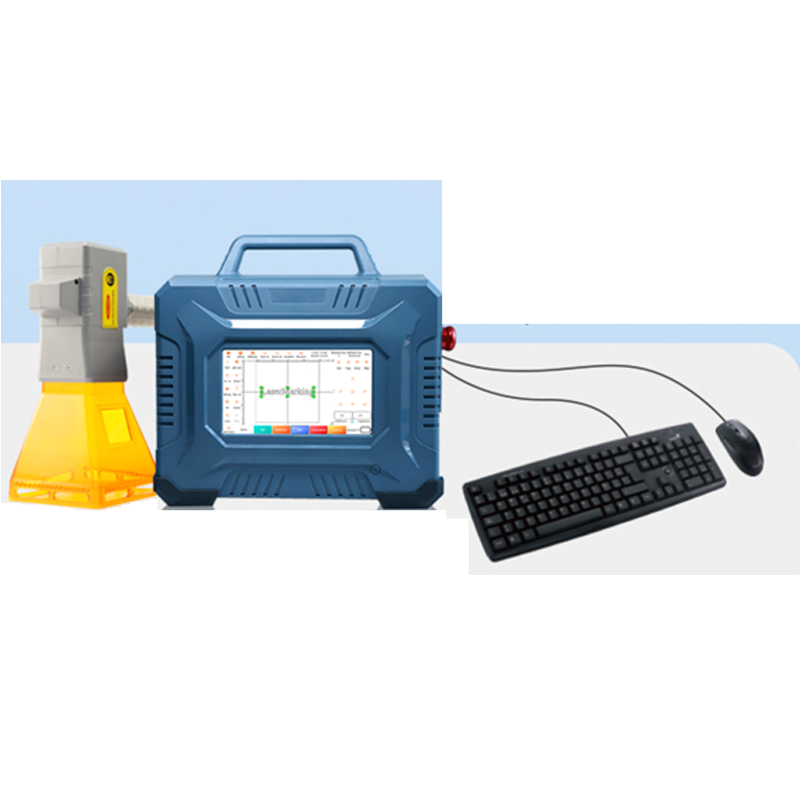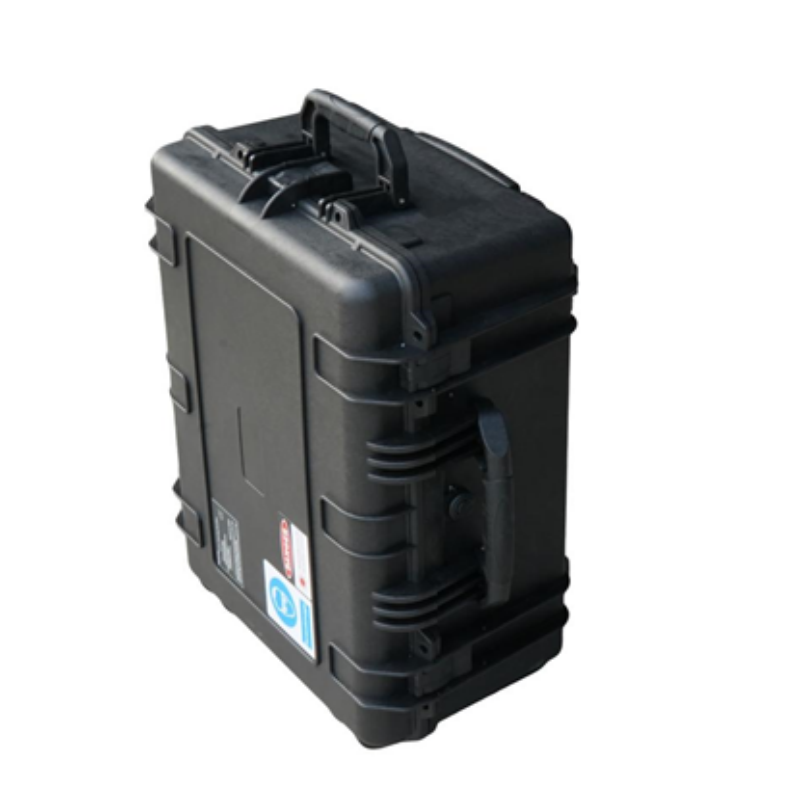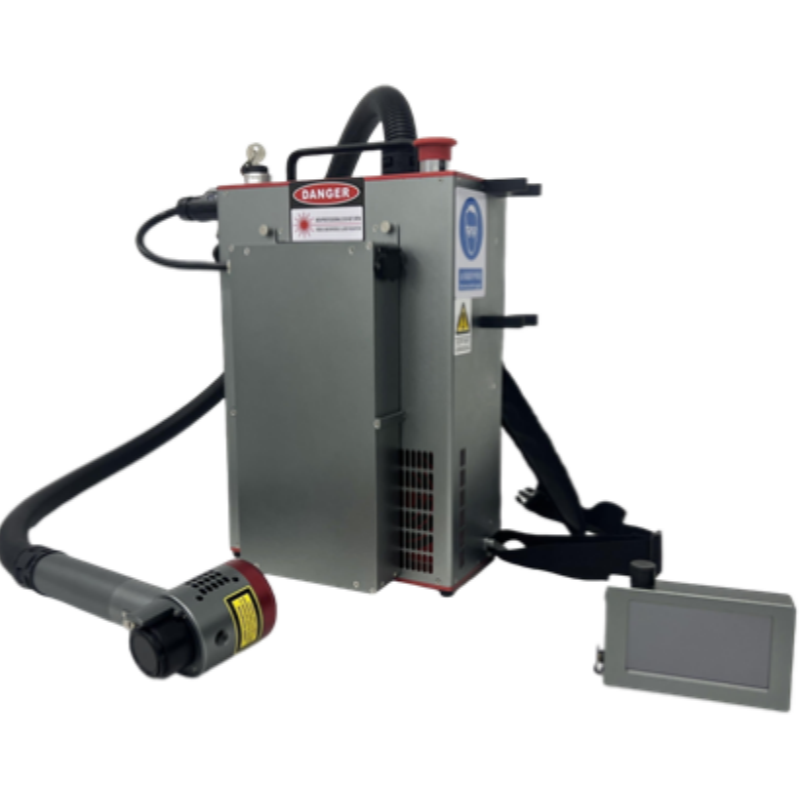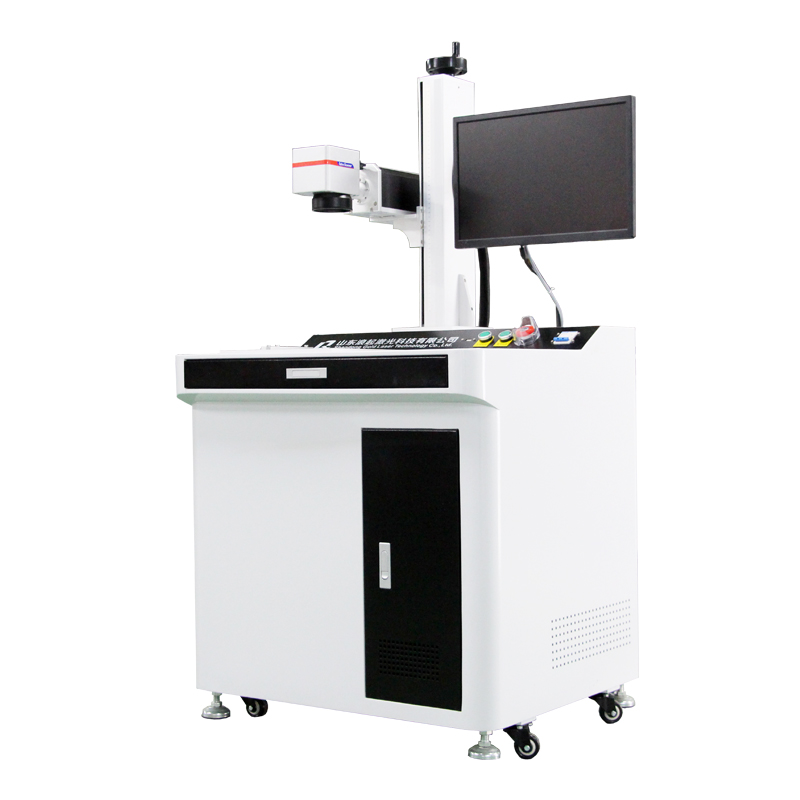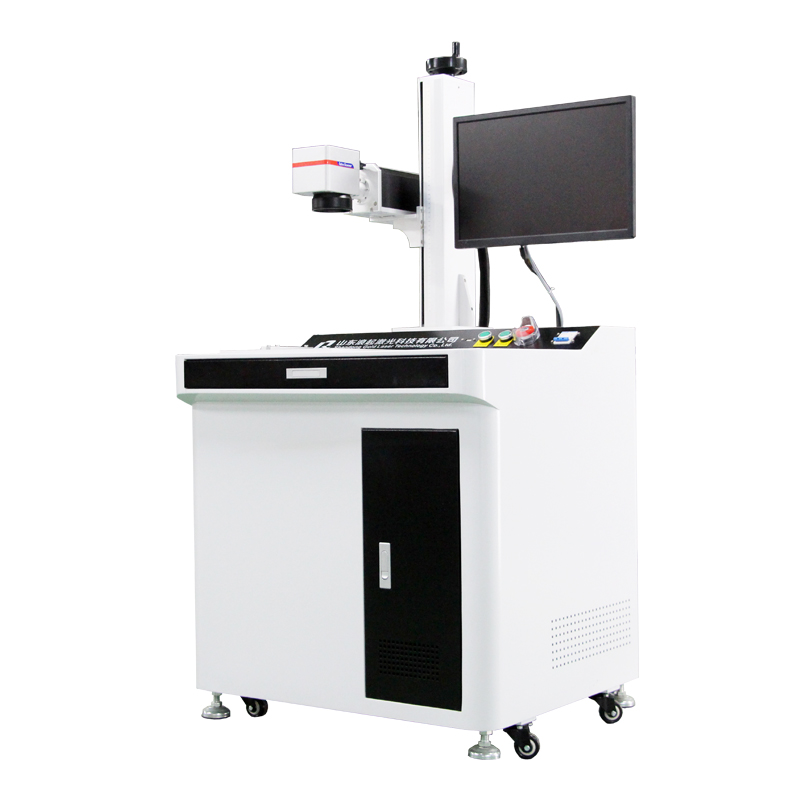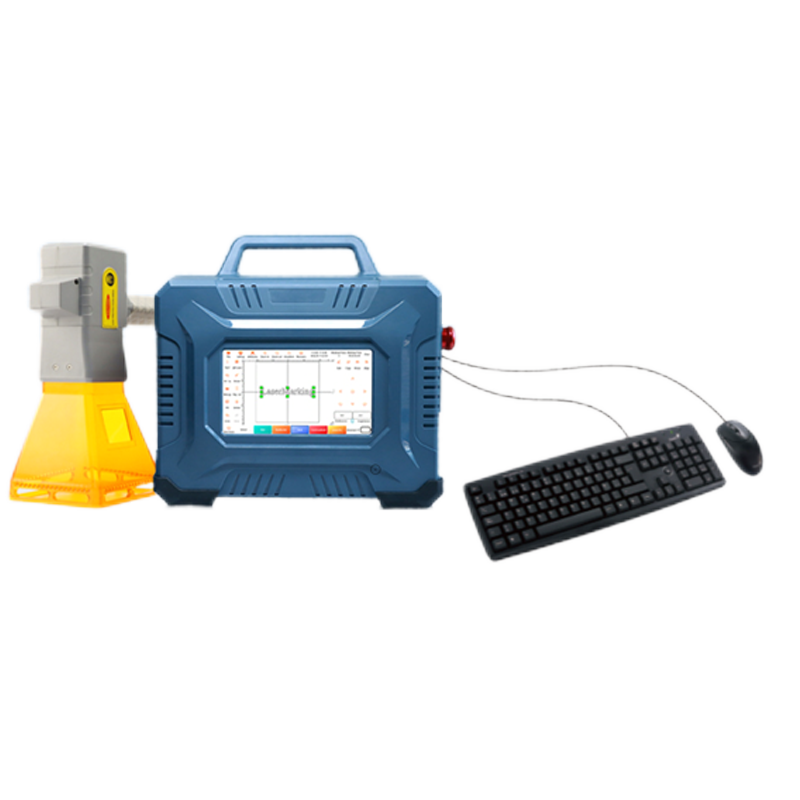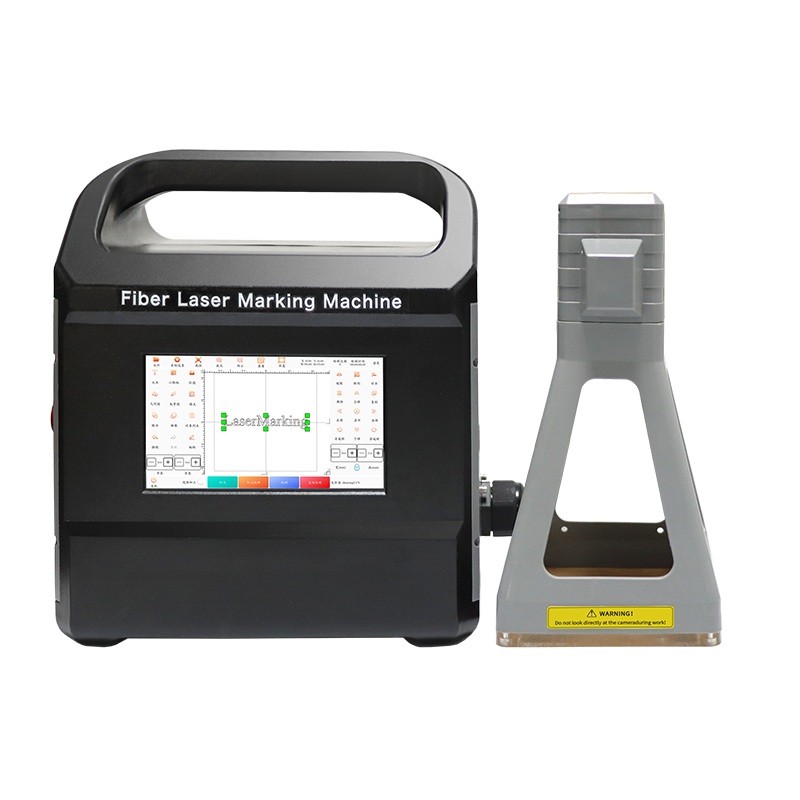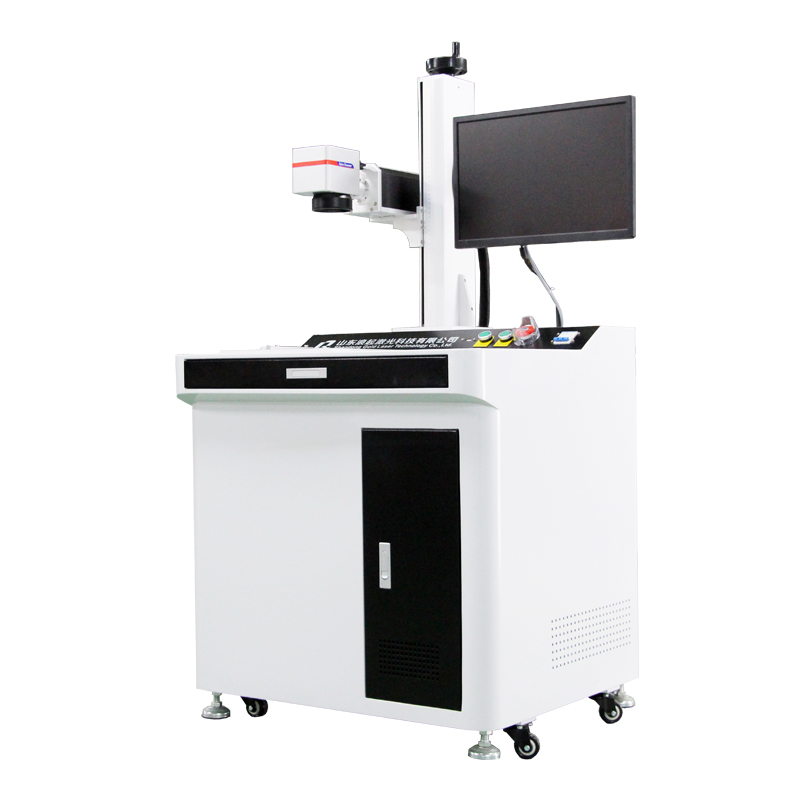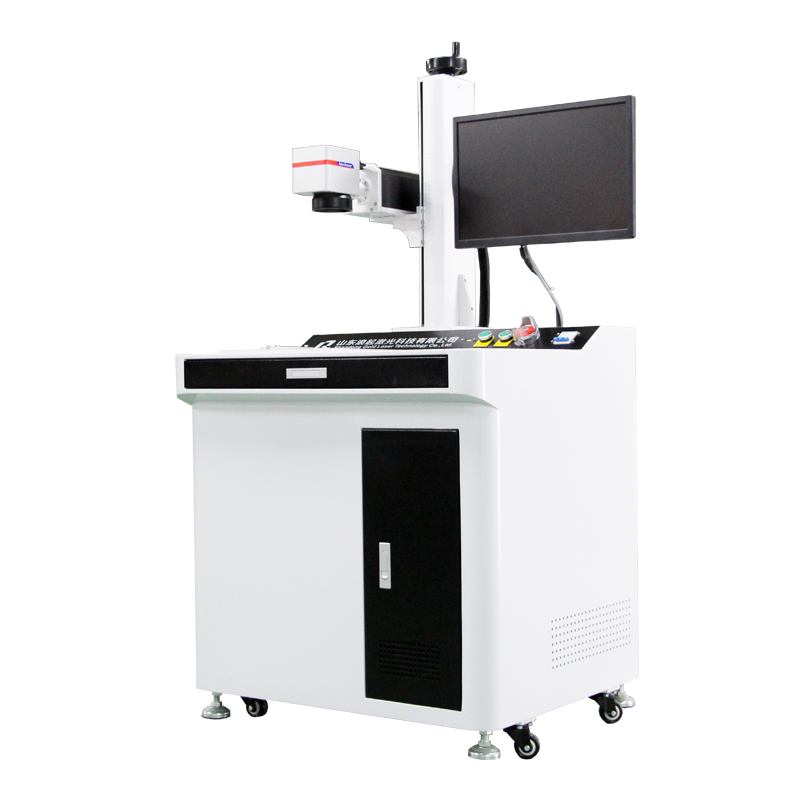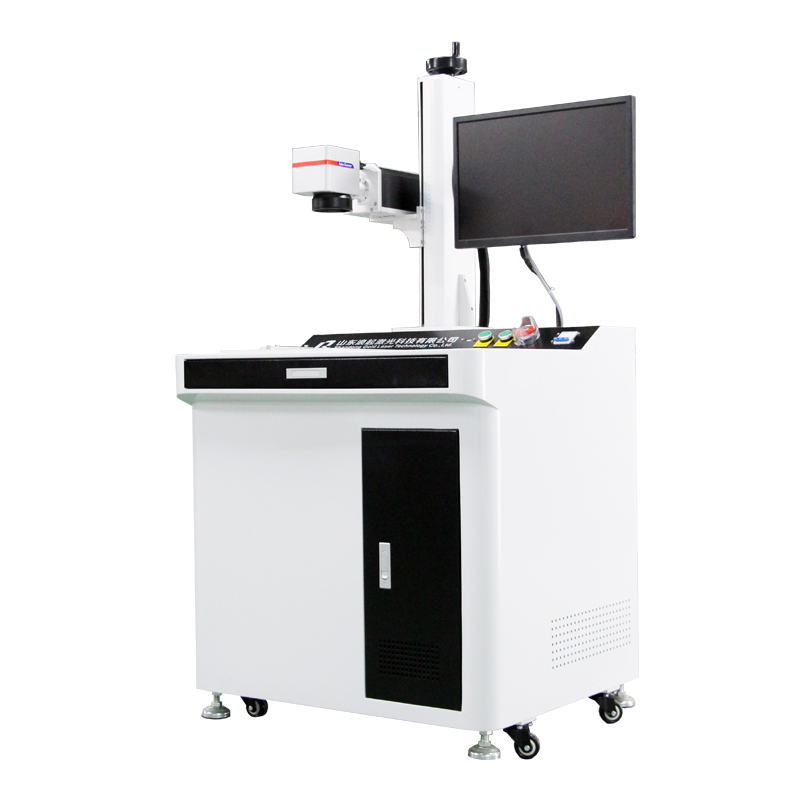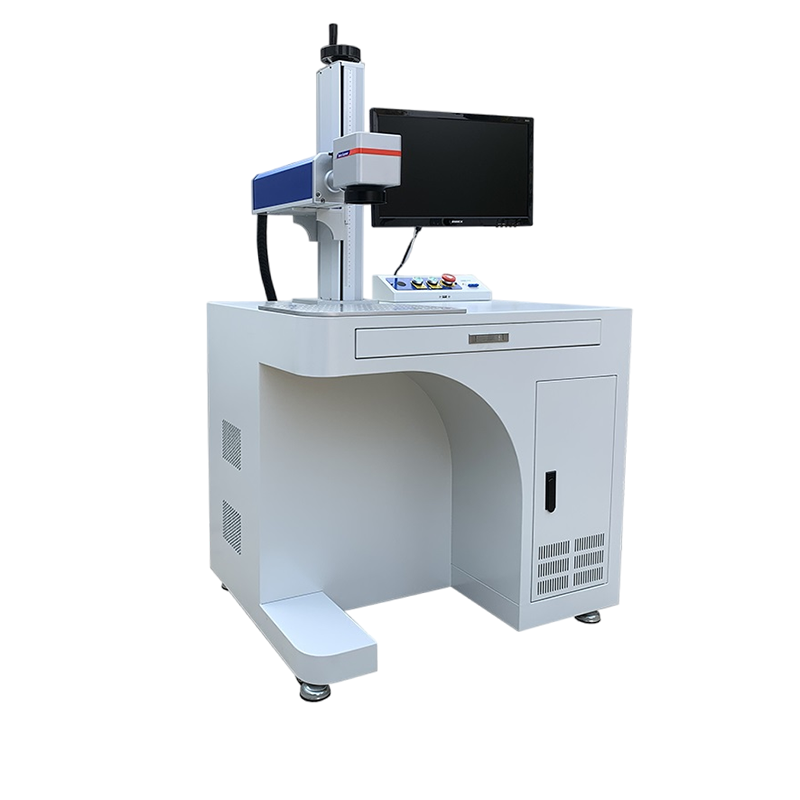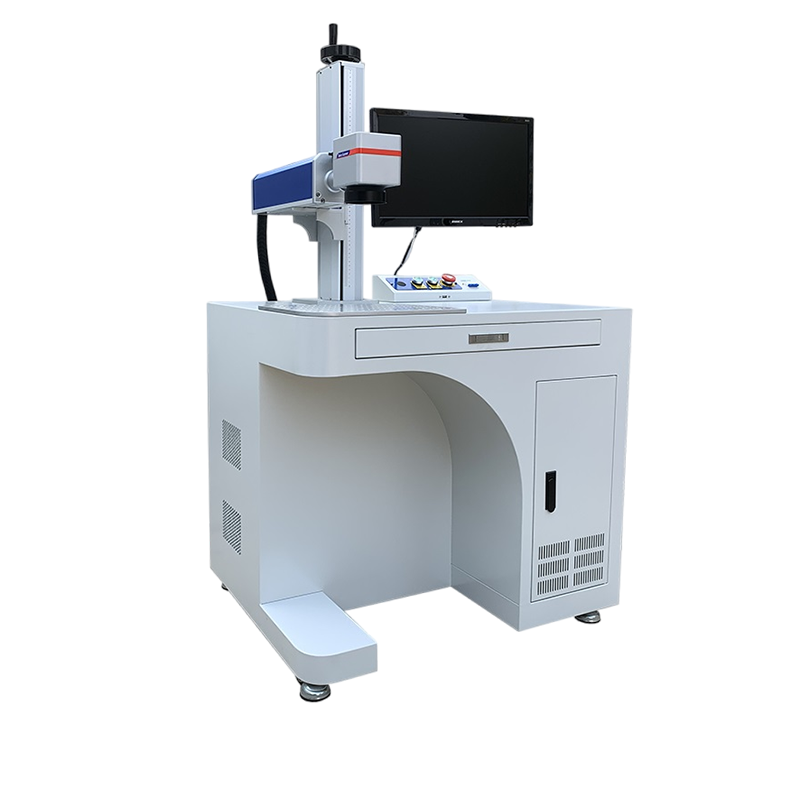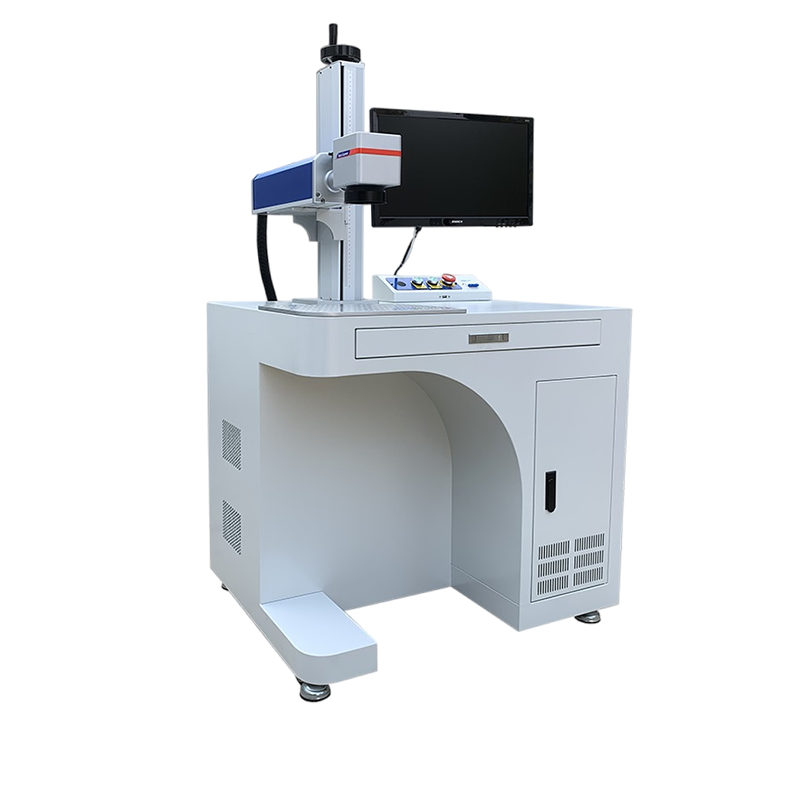- 1. What is a Portable Handheld Fiber Laser Marking Machine?
- 2. Core Principles of Precision Marking with Fiber Lasers
- 3. Key Applications in Precision Marking
- A. Direct Part Marking (DPM) for Traceability
- B. Electronics & Microelectronics
- C. Precision Tools & Molds
- D. Jewelry & Luxury Goods
- 4. Advantages for Precision Marking
- 5. Limitations and Considerations
- Conclusion
1. What is a Portable Handheld Fiber Laser Marking Machine?
It's an integrated system that combines a compact fiber laser source, a scanning head (galvo), and a handheld marking pen into a single, portable unit. Unlike traditional bulky, fixed laser systems, this device can be easily carried and operated directly on the target object.
Laser Source: Utilizes a fiber laser, which is a solid-state laser known for its excellent beam quality, high efficiency, and reliability. It typically operates in the 1-micron wavelength (1064nm), ideal for metals and many plastics.
Handheld Pen: The pen contains the focusing lens and a visible red light guide to pinpoint the marking location. It's connected to the main control unit via a flexible umbilical cable.
Control Unit: A small, portable box housing the laser power supply, control board, and cooling system (usually air-cooled). It often features a touchscreen interface for designing and selecting marks.
2. Core Principles of Precision Marking with Fiber Lasers
Precision marking is achieved through a process called laser annealing, engraving, or foaming, depending on the material.
Annealing (for Metals): The laser beam heats the metal's surface to a precise depth, causing an oxidation reaction that changes its color (creating black, white, or gold marks). This is a subsurface process that does not remove material, leaving a smooth, non-destructive mark that is resistant to wear and corrosion.
Engraving/Ablation (for Metals & Plastics): The laser removes a microscopic layer of the surface material to create a visible contrast. This is ideal for deep, durable marks like serial numbers.
Foaming (for Plastics): The laser melts the plastic surface, causing gas bubbles to form. These bubbles reflect light differently, creating a high-contrast, light-colored mark without material removal.
3. Key Applications in Precision Marking
The portability and precision of these machines open up a vast array of applications across industries.
A. Direct Part Marking (DPM) for Traceability
This is the most critical application. Creating permanent, scannable unique identifiers directly on components.
Aerospace: Marking VIN numbers, part numbers, and QR codes on turbine blades, landing gear components, and airframe structures.
Automotive: Engraving 2D Data Matrix codes on engine blocks, transmission parts, and chassis components for full lifecycle traceability.
Medical Devices: Applying UDI (Unique Device Identification) codes on surgical tools, implants (e.g., titanium knees, spinal screws), and diagnostic equipment. The marks are biocompatible and withstand repeated sterilizations.
B. Electronics & Microelectronics
Marking tiny, intricate information on sensitive components without causing thermal damage.
PCB (Printed Circuit Board) Marking: Serial numbers, lot codes, and logos.
Chip & Component Marking: Branding and identifying microchips, resistors, and capacitors.
Smartphone & Wearable Interiors: Marking logos and serial numbers inside compact devices.
C. Precision Tools & Molds
Marking identification and specifications directly on the tool.
Tool Identification: Engraving company logos, size, and type on precision cutting tools, drill bits, and gauges.
Mold Marking: Adding cavity numbers, logos, or date codes to injection molds and die-cast molds.
D. Jewelry & Luxury Goods
Creating fine, aesthetic marks that do not devalue the product.
Hallmarks & Purity Marks: Precisely marking gold (e.g., 18K, 750), platinum, and silver.
Serial Numbers & Logos: Discreetly engraving unique serial numbers and brand logos on the inside of rings, watch cases, and bracelets.
4. Advantages for Precision Marking
Unmatched Portability & Flexibility: Mark large, fixed, or assembled items in-situ without moving them to a laser workstation.
Permanent & High-Contrast Marks: Creates marks that are resistant to fading, heat, abrasion, and chemicals, ensuring lifelong readability.
Non-Contact & Low-Impact Process: The laser does not touch the surface, eliminating mechanical stress or tool wear. Processes like annealing leave a smooth surface, preventing crack initiation points.
High Speed & Efficiency: Marks are completed in seconds, significantly faster than traditional engraving, dot peening, or electrochemical etching.
Software-Driven & Highly Consistent: Once a mark design (text, barcode, logo) is set in the software, every mark is perfectly identical, eliminating human error.
Environmentally Friendly: The process does not require inks, solvents, or chemicals, making it a clean and green technology.
5. Limitations and Considerations
Material Dependency: While excellent for metals and many plastics, they are ineffective for marking transparent materials (like glass) or some organic materials (like wood or leather) without a specialized MOPA laser source.
Initial Investment: The upfront cost is higher than some traditional marking methods (like inkjet), though the lower operational cost and lack of consumables often lead to a better ROI.
Safety: Requires strict safety protocols. Operators must use appropriate laser safety glasses, and the work area should be controlled to prevent accidental exposure to the laser beam.
Skill Requirement: While operation is simple, achieving optimal mark quality on different materials requires knowledge of parameter settings (power, speed, frequency).
Conclusion
The portable handheld fiber laser marking machine has democratized precision marking. It is no longer confined to the factory floor but is a versatile tool that ensures traceability, combats counterfeiting, and enhances brand identity across virtually every sector of precision engineering and manufacturing. By combining the power of a fiber laser with the convenience of a handheld tool, it offers an unparalleled solution for applying permanent, high-quality marks wherever they are needed.

